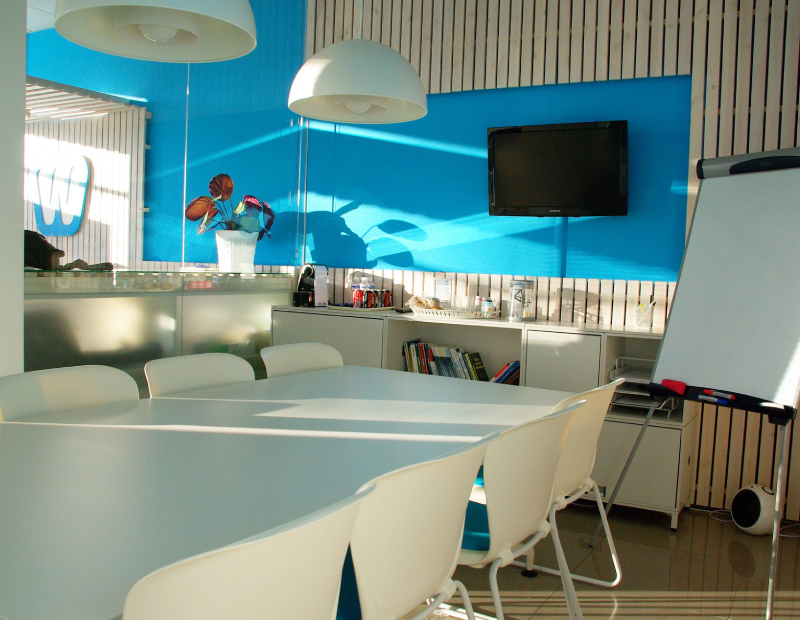Flex Office Space: Much More Than WeWork
A new CBRE report traces a trend that’s growing well beyond a niche offering from a handful of players, while new business models could attract even more and larger tenants.
Under a mid-range scenario, flex space could represent 13 percent of the total U.S. office space supply, or nearly 600 million square feet, by 2030, according to a new report from CBRE. Under this scenario, typical base clients for flex space are supplemented by enterprise users, which could lead to office space shortages unless some traditional leases convert to flex.
Though flexible office space has been growing dramatically, it still comprises a small portion of the total market, 4.0 percent in San Francisco and 3.6 percent in New York. London and Shanghai, however, have each hit 6 percent.
READ ALSO: IPO Filing Reveals Costs of WeWork’s Growth Spree
WeWork remains the powerhouse among flex-space operators, having added nearly 11 million square feet year-over-year. Spaces and Knotel each add more than 1 million square feet in the same time frame. Of the more than 700 flex-space operators, the top 10 account for 68 percent of the 71 million-square-foot market—and WeWork by itself accounts for 33 percent. The others of the top five operators are IWG (Regus and Spaces), Knotel, Industrious and Convene.
CBRE highlights four operators that aren’t in the top 10, but are among the fastest-growing operators:
- CommonGrounds has more than 300,00 square feet, mostly on the West Coast; reportedly has 50 locations in the pipeline, and in January secured $100 million in funding.
- Venture X is adding more than 150,000 square feet and — uniquely — has a franchise model.
- Serendipity Labs is focusing on smaller markets, while Common Desk operates only in Texas.
The top flex markets tend to overlap with the top tech markets. Examples include Atlanta, Boston, Denver, Manhattan, San Francisco, Seattle, and Washington. Though flex is sometimes assumed to be Class A, 38 percent of the flex space tracked by CBRE is in Class B and C buildings.
Expanding possibilities
Business models for flex office are starting to broaden substantially:
- In some cases, landlords and flex operators are creating partnerships and operating agreements, so they can better share the risks and rewards of the flex space expansion.
- In the “captive” model, some major landlords are introducing their flex offerings, such as Studio by Tishman Speyer and Flex by Boston Properties.
All this flex-space activity seems to be affecting the overall office market in a few ways. For one, in markets with a significant share of flex office space, the volume of small traditional leases is falling. Some evidence suggests that, under pressure from flex-space operators, landlords are accepting shorter-term leases from smaller tenants (5,000 square feet and under), as well as offering concierge services.
Beyond that, the report states: “As occupiers become more sophisticated in engaging with flex providers, we expect that demand from larger users will fuel flexible space expansion. Large users likely will identify the fluid, uncertain, volatile aspects of their business and use flex to reduce risky long-term lease liabilities.”








You must be logged in to post a comment.